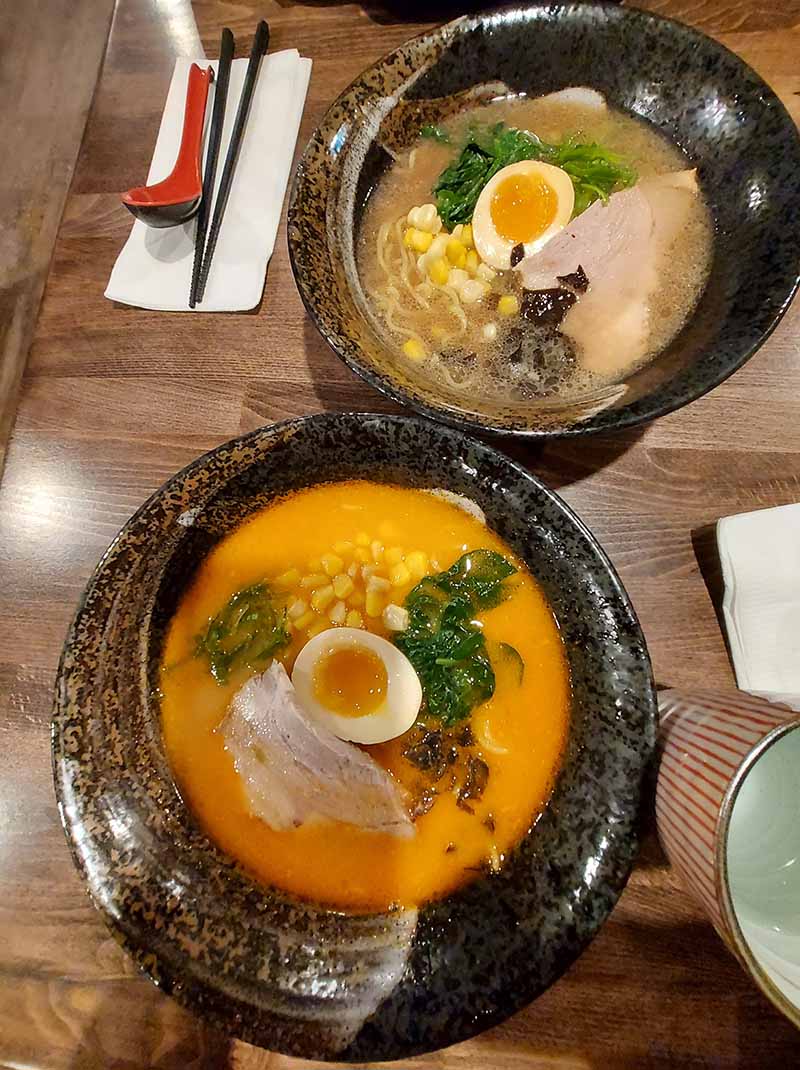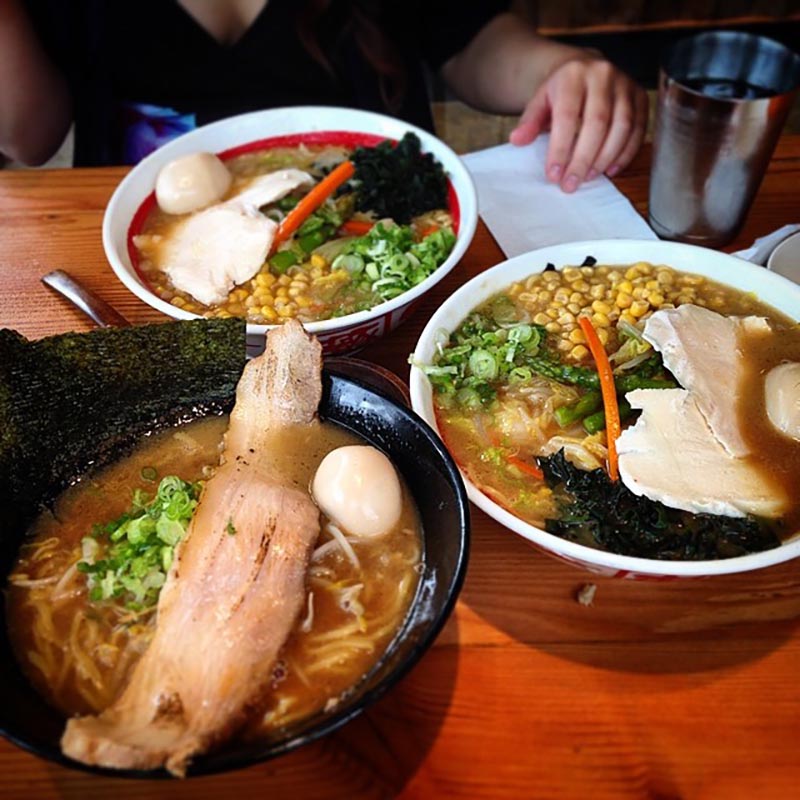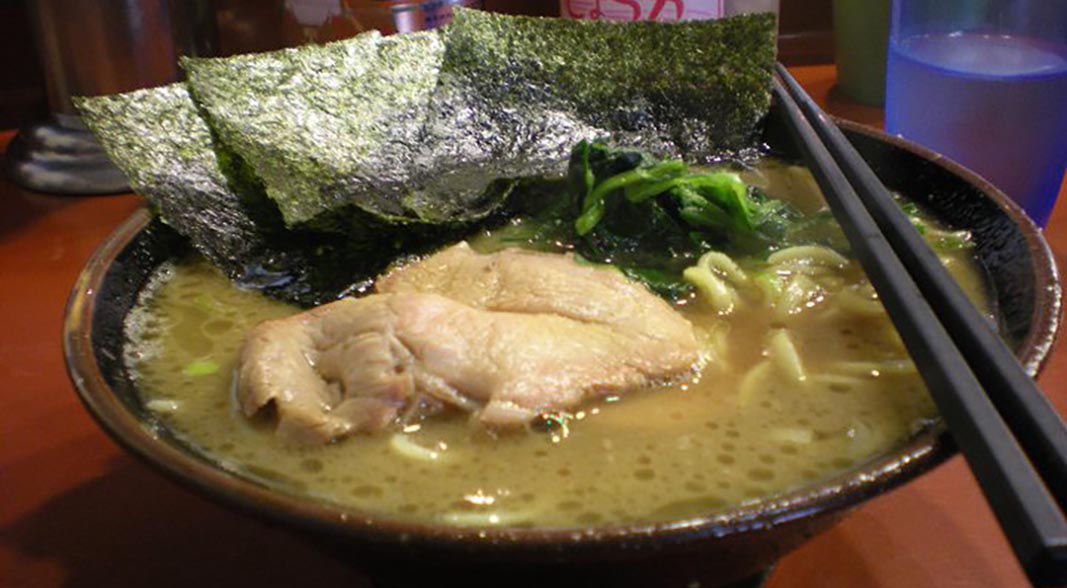Believe it or not there is a day for this delicious Japanese comfort food. With the globalization of food, ramen restaurants are available in all big cities and even some small rural regions I’ve visited in the past. If you’re a big ramen fan like me, this will be a great excuse to celebrate national ramen day on April 4th.
Ramen is a key part of Japanese culture and cuisine. Noodles are served in rich broth flavored with a variety of meats, fish, and other ingredients. Noodles are typically wheat noodles that can sometimes be customized to be highly “au dente” (chewy) or softer varieties. Toppings can range from corn, pork chashu, nori, bamboo shoots, soft boiled eggs and much more. Many fusion-style restaurants even offer non-traditional toppings such as bok choy, pickled ginger, or pumpkin slices. The toppings are endless, and so are the combinations.
In speaking to the almighty ramen broth, there are a few varieties that have captured our hearts (and stomachs), have you tried them yet?
Shoyu
Shoyu, aka soy sauce in Japanese, is a delicious, light broth. The broth is typically brown, clear and has an intense meaty or soy sauce flavor. You might think soy sauce is an everyday Asian ingredient, but a well-concocted bowl of shoyu ramen isn’t easy. As a self-proclaimed ramen snob, I need shoyu broth to be flavorful with more than just an overpowering soy sauce flavor. Typically, the broth is boiled for hours with an arrangement of meats, dried mushrooms, herbs, and even dried seafood. If your shoyu broth feels like it’s overpowered by soy sauce flavor, it hasn’t been done right.

Spicy miso is a common variation of the classic miso. Still a murky, soy-based broth with ground chilli pepper or chilli oil.
Miso
This is another all-time favorite ramen broth of mine. Miso is made from soybean fermented to perfection and made into the form of a paste. If you’ve ever had miso soup as an appetizer before your sushi feast, you’ll know the aroma of fermented soybean. The broth is murky in appearance either with a white, yellow, or red hue. This is a thicker, richer broth that wraps around the wheat-noodles so well. Well-prepared miso broth should be rich and non-watery. If your broth tastes watered down or MSG-heavy it’s not prepared right.
Shio
The translation of Shio might leave you wondering why the Japanese are so uncreative at naming delicious ramen broths. Especially since the names so underestimate the complex flavors of the broth. Shio directly translates to salt in Japanese. But don’t be deceived by the name, shio soup base has a yellow tint that is clear and resembles that of chicken broth. However, when prepared right, it has an intense umami flavor. Sometimes seafood such as clams and fish are used to create the stock giving it a clean but sophisticated flavor profile.


